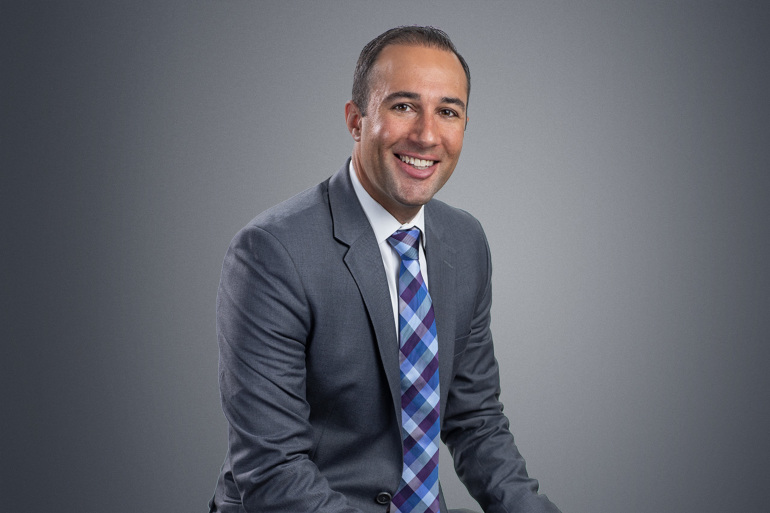News & Insights
Legal Alert

DOGGR Releases Proposed Regulations and Interim Compliance Notice Regarding Hydraulic Fracturing and Acidization
Real Estate
11.26.13
Following the recent passage of Senate Bill 4 ("SB 4"), California's controversial new law addressing well stimulation techniques including hydraulic fracturing (sometimes called fracking) and acidization, the California Department of Conservation's Division of Oil, Gas and Geothermal Resources ("DOGGR") has released proposed regulations implementing SB 4, issued a Notice to Operators ("NTO") regarding interim compliance, and announced its intent to prepare an Environmental Impact Report pursuant to the California Environmental Quality Act ("CEQA").
Background - SB 4
On September 20, 2013, California Governor Jerry Brown signed into law SB 4 (Pavley), a bill that regulates the use of oil and natural gas well stimulation techniques, including hydraulic fracturing and acidization, in California. SB 4 directs DOGGR to adopt regulations that will require operators to obtain well stimulation permits, notify nearby property owners before starting well stimulation work, and conduct groundwater and air quality monitoring. Additionally, under SB 4, suppliers of well stimulation fluids will be required to make certain disclosures regarding the formulation of those fluids. SB 4 also requires DOGGR to prepare an Environmental Impact Report ("EIR") that analyzes the effects of well stimulation across the state.
The Proposed Regulations and NTO
On November 15, 2013, DOGGR released for public comment draft regulations implementing the provisions of SB 4. The 60-day comment period on the proposed regulations closes on January 14, 2014. During the comment period, DOGGR will host five public hearings around the state. After the close of the comment period, DOGGR is expected to release final regulations which will take effect January 1, 2015. The text of the proposed regulations is available here.
The draft regulations would impose requirements for well stimulation treatments, including pressure testing and monitoring throughout the treatment process; establish a permit system for such treatments along with a system for public notification and pre- and post-treatment well and groundwater monitoring and reporting, and create standards for storage and handling of well stimulation treatment fluids.
DOGGR has also announced its intent to have emergency regulations in place by January 1, 2014, to ensure that the major requirements of SB 4 are addressed in the interim before the final regulations go into effect the following year. Under this “streamlined interim procedure,” which DOGGR expects will go into effect on January 2, 2014, “owners or operators may proceed with well stimulation treatments without a permit if they comply with specified provisions of [SB 4].”
On November 20, 2013, DOGGR published the NTO, which addresses compliance before the release of the interim emergency regulations. The NTO includes a form that well operators can use to notify neighbors of intended well stimulation activities.
CEQA Compliance
On November 15, 2013, DOGGR also released a Notice of Preparation of an EIR. Pursuant to CEQA and SB 4, the EIR will evaluate the impacts of well stimulation treatments in California. The notice states that the EIR will evaluate potential impacts within DOGGR's six administrative districts, and that the EIR may be used to consider future permits authorizing well stimulation. Release of the Notice of Preparation commenced an EIR scoping process; comments about the scope of the EIR must be submitted to DOGGR by January 16, 2014.
SB 4 requires that the statewide EIR be adopted by July 1, 2015. Considerable uncertainty remains regarding CEQA compliance with respect to individual well stimulation activities both before and after the statewide EIR is adopted. In particular, it is unclear whether future well stimulation projects will be covered by DOGGR’s statewide EIR or if each such project will require its own individual CEQA evaluation.
Uncertain Future for Well Stimulation Regulation
SB 4, the proposed regulations, and CEQA compliance are controversial issues that have attracted significant attention from environmental groups and the regulated community. A number of California cities, claiming that SB 4 is insufficient to address concerns regarding hydraulic fracturing, have adopted local bans on the practice. The legal sufficiency of such local action has yet to be tested in court.
Authors
Partner
Partner
RELATED SERVICES
Allen Matkins Leck Gamble Mallory & Natsis LLP. All Rights Reserved.
This publication is made available by Allen Matkins Leck Gamble Mallory & Natsis LLP for educational purposes only to convey general information and a general understanding of the law, not to provide specific legal advice. By using this website you acknowledge there is no attorney client relationship between you and Allen Matkins Leck Gamble Mallory & Natsis LLP. This publication should not be used as a substitute for competent legal advice from a licensed professional attorney applied to your circumstances. Attorney advertising. Prior results do not guarantee a similar outcome. Full Disclaimer


